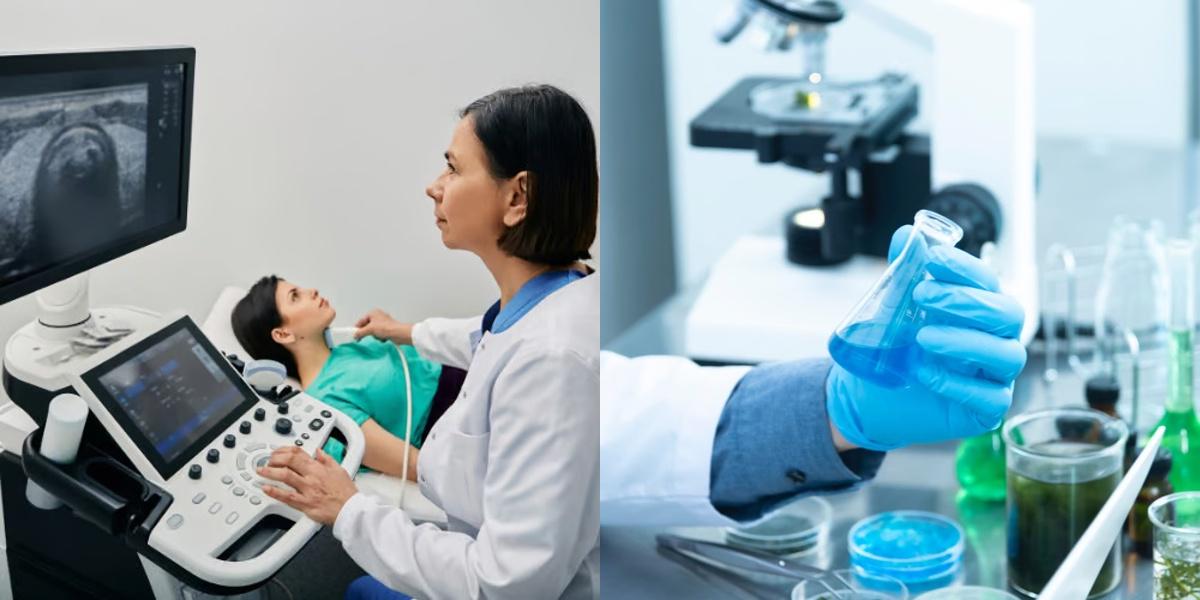Diagnostic Medical Sonographer vs Sterile Processing Technician

Key Points:
- Diagnostic Medical Sonographers use imaging equipment to create images of the body; Sterile Processing Technicians clean and sterilize medical equipment.
- Diagnostic Medical Sonographers typically earn higher salaries than Sterile Processing Technicians.
- Both careers have good job prospects, but Sterile Processing Technicians may have more job openings.
- Diagnostic Medical Sonographers require a 2-year associate's degree, while Sterile Processing Technicians can often complete a certificate program.
- Diagnostic Medical Sonographer training is typically more expensive and takes longer than Sterile Processing Technician training.
The healthcare industry is constantly evolving, and with advancements in technology, there is a growing demand for skilled professionals in various medical fields. Diagnostic medical sonography and sterile processing technology are two such fields that provide valuable services in patient care.
Diagnostic Medical Sonographer vs Sterile Processing Technician: Career Outlook and Salary
Diagnostic Medical Sonographer:
- The demand for diagnostic medical sonographers is expected to grow significantly in the coming years due to an aging population and increased need for diagnostic imaging.
- According to the Bureau of Labor Statistics (BLS), employment of diagnostic medical sonographers is projected to grow 17 percent from 2019 to 2029, much faster than the average for all occupations.
- The median annual wage for diagnostic medical sonographers was $75,920 in May 2020, with the highest 10 percent earning more than $105,340.
Sterile Processing Technician:
- The demand for sterile processing technicians is also expected to grow as healthcare facilities continue to emphasize infection control and patient safety.
- The BLS projects a 7 percent growth in employment for sterile processing technicians from 2019 to 2029, faster than the average for all occupations.
- The median annual wage for sterile processing technicians was $37,290 in May 2020, with the highest 10 percent earning more than $53,250.
Final Thoughts
Choosing a career in the medical field can be rewarding, and both diagnostic medical sonography and sterile processing technology offer unique opportunities to contribute to patient care. It's important to consider your interests, skills, and long-term goals when deciding which path to pursue. Whether you choose to become a diagnostic medical sonographer or a sterile processing technician, both professions play crucial roles in ensuring the well-being of patients and the smooth operation of healthcare facilities.
Dreambound strategically offers its educational programs in diverse locations. To gain a thorough insight into the exciting opportunities within these two vocations, we encourage you to explore more detailed information by visiting:




